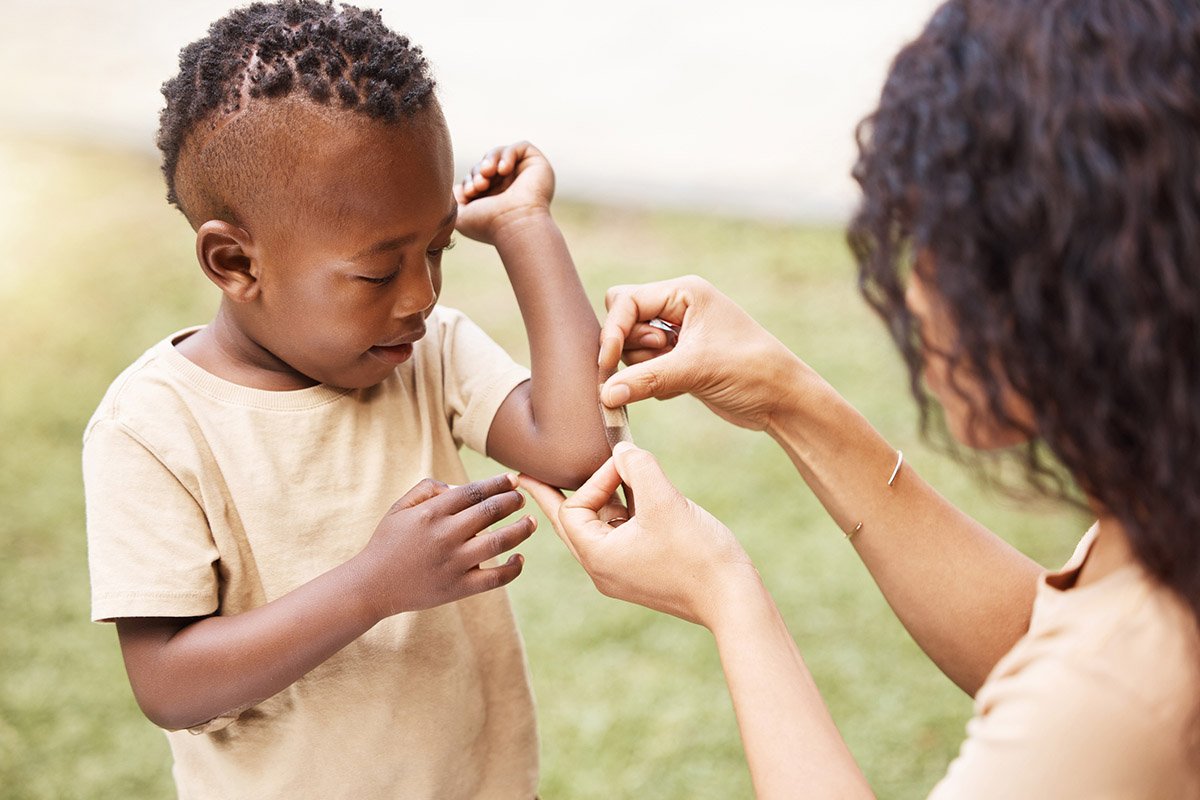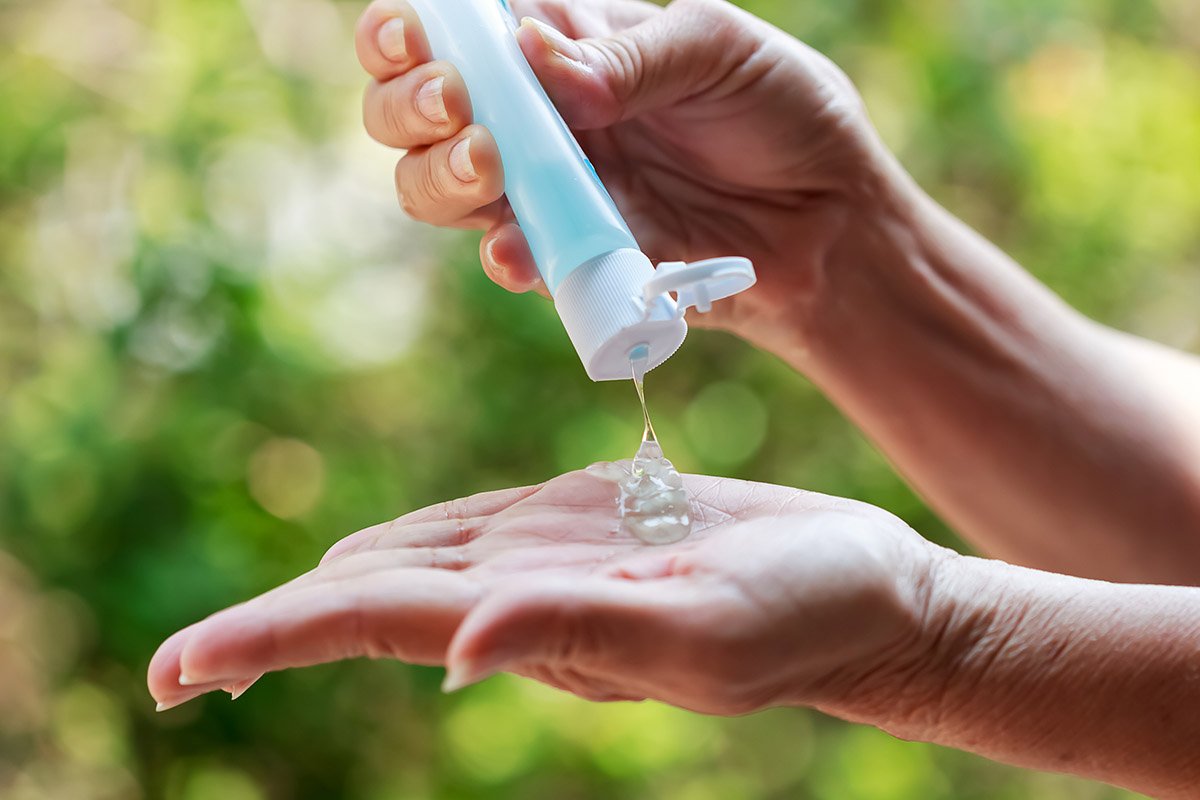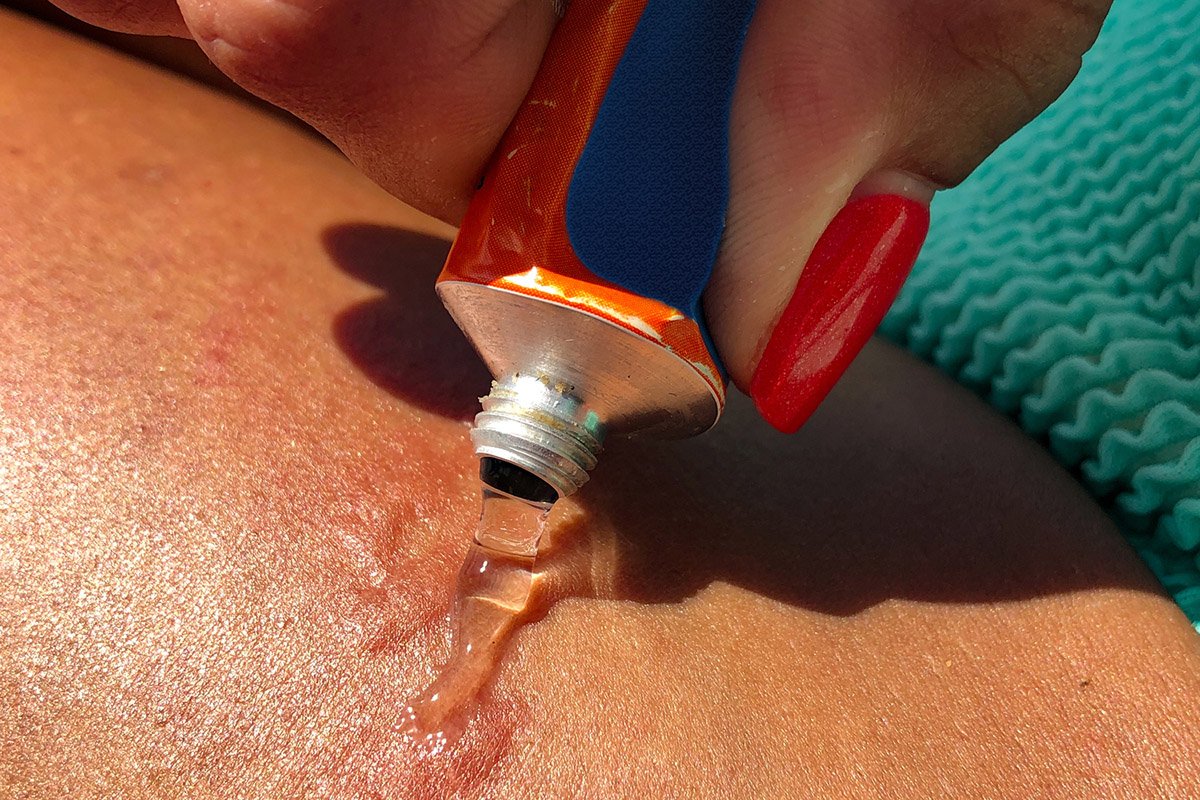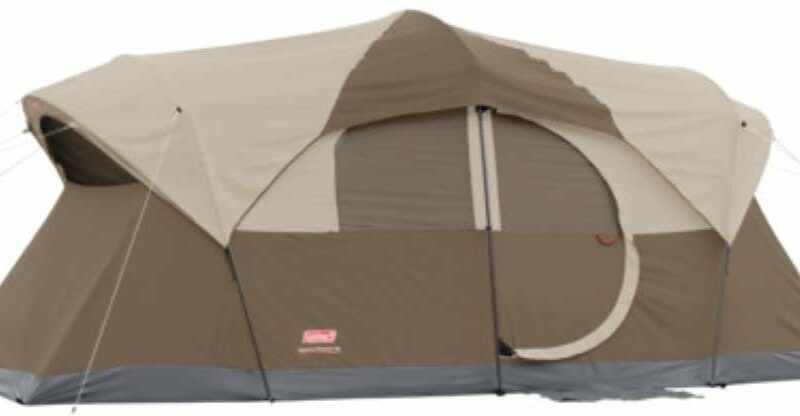How to Build Your Camping First Aid Kit
Taking a camping trip is all about reconnecting and spending time with loved ones while you’re out in nature. A trip like this should be relaxing and spent doing things that you love,but we’ve all been on a camping trip where things just don’t go as planned. Whether it’s the weather that throws a wrench into your plans or some type of accident, you need to be prepared for anything. Here is how to build a camping first aid kit.
This post contains affiliate links. Outdoors.com may earn a commission when you make a purchase through these links. Thank you for your support.
The Basics

When it comes to building a first-aid kit, there are a couple of things that everyone should have. According to the Red Cross, you should keep a supply of your prescription medications and a list of emergency contacts in your first aid kit. You’ll also want to make sure you are checking your first aid kit frequently, to ensure that none of the products in it have expired.
The Red Cross suggests having at least two absorbent compress dressings (5”x9”) to absorb any excess bodily fluids, as well as 25 adhesive bandages. You should also have medical tape and antibiotic ointment available to you. The ointment can be in packets or in a tube. If you go for a tube, know you must wash your hands thoroughly before using it.
For wound cleaning, pack antiseptic wipes, as clean water and soap might not be available to you. You should also include a pair of gloves (preferably latex-free), in case the person in need requires more hands-on assistance.
Besides regular bandages, you’ll want to have a number of other wound dressings in your first aid kit. This should include gauze—pads or rolls, as well as triangular bandages and rolled bandages. Along with these items, throw some medical tape in your kit for good measure.
Complete your basic kit with aspirin, hydrocortisone cream, a cold compress or ice pack, an oral thermometer, and medical tweezers. In case of more serious emergencies, add an emergency disposable blanket and, in case you have to do CPR, a breathing barrier.
Building A More Substantial Kit

If you’re building a basic first aid kit, the Red Cross’s list is a pretty solid place to start. However, if you’re looking to beef up your kit for a long or intense trip, there are a few other things you’ll want to add. You might also consider having two kits, a travel-sized first aid kit to bring hiking, and a bigger one for the car or campsite.
Some great additions to bulk up your first aid kit include cotton balls or rounds for small cuts or scrapes. It’s never a bad idea to have hand sanitizer on you in a number of places, including your first aid kit. In case something gets into someone’s eyes, it’s not a bad idea to have an eyewash solution handy as well. You can also carry hydrogen peroxide to clean out wounds, although the alcohol prep pads will work if you don’t want to bring a full bottle.
Non-Essential Medications and Ointments

If you have aspirin in your first aid kit, you have a fever and headache reducer, but it’s always good to have a second kind, like ibuprofen or acetaminophen. It’s also not a bad idea to have cold medicine, antacids, antihistamines, and a laxative for various ailments that may crop up. In general, it’s better to be over-prepared (especially for your first-ever camping trip) than to not have something you or someone else on the trip might need.
While not essential, adding calamine lotion for itchiness is always a good idea. If you’re camping in the woods, this may come in handy in case of a run-in with poison ivy. It’s also not a bad idea to keep a bottle of aloe vera gel on hand in case of sunburn.
At the end of the day, building a first-aid kit should be personalized to you and your camping group. After each camping trip, get in the habit of restocking your kit and checking for any items that may be expiring before you head out again.







